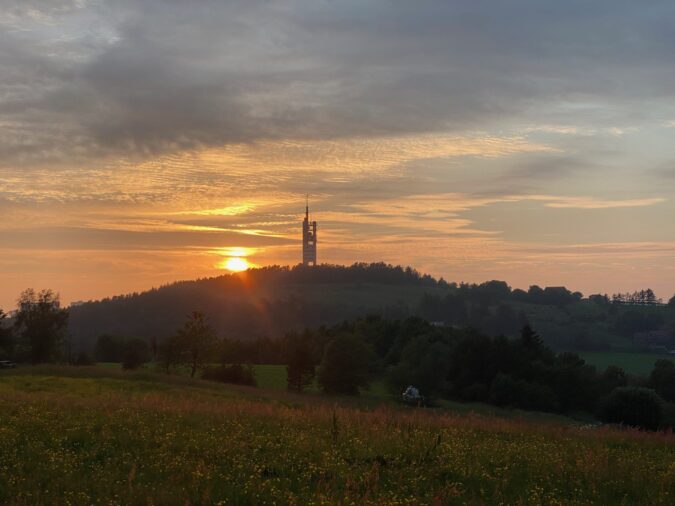
Today is Earth Day, a day on which we demonstrate our support for environmental protection across the world. More than 1,5 billion people participate in environmental awareness-raising events in more than 190 countries. Like Earth Hour, which took place a month ago, Earth Day is a symbolical and educational event, intended to make us think about what we can do to protect the environment.
In his new book The Genius of Earth Day, environmental historian Adam Rome writes about the origins of Earth Day. He brings to life a time when environmentalism was a new and exotic part of our everyday lives. In 1970, when the first Earth Day took place in the United States, the environment was generally a local concern. The idea came from the American Democratic senator Gaylord Nelson, who thought a national “teach-in” could help create engagement and awareness for environmental issues among young people. This was the beginning of the 1970s wave of environmentalist organizations, institutions, laws and regulations that swept over the entire western world.

Today, environmentalism is no longer exotic. The environmental movement is broader than ever, but also shallower. We all like and care about nature, but it is often the “Like” of Facebook – it’s easy, it feels positive, and doesn’t require all that much from us. “The environment” itself, on the other hand, includes everything, from our own backyards to phenomena that can only be understood on a planetary scale. What can a largely symbolical event like Earth Day teach us in such a context, if anything?
We suspected in 1970 that we were in trouble, and that our own choices as a society were to blame. 43 years later, we are pretty much sure of this. The world now seems a much more complicated place than in the early 1970s. In this series of blog posts for the Researcher Blog, I have explored the environmental implications of the Anthropocene, the Age of Man. As we have become increasingly aware of the interconnectedness of everything – ecology, politics, economy, culture, technology, and the sheer mass of humans living on Planet Earth – we are also realizing the difficulty of untangling the many issues and agendas that comprise what we call environmental problems.
The largest environmental challenges we face now are what we can call wicked problems – problems that have no easy solution, no readily identifiable cause, and no bad guy to blame. Global climate change is a perfect example – it is everywhere, yet it is hard to pin down to one particular place or factor. We face a strange mix of overly large global environmental problem and countless smaller problems that seem like individually insignificant first-world problems. Is there a mismatch between the stakes at hand and the means we have to meet the environmental problems of the Anthropocene?
I do not have the answer to that question – if it was that easy, then it wouldn’t be a wicked problem after all. Merely criticizing others for not taking serious action is not the way to go, however. The real challenge, I believe, lies in actually finding things that we can do, in asking what serious action is and can be. We cannot take for granted a steady relationship with Nature: instead, it’s complicated. Perhaps we need to keep in mind the original intention of Earth Day that Rome describes: it is an occasion for reflection and learning. One Earth Day may not change the world, but the Anthropocene calls for a future full of Earth Days, exploring what it is in our power to do, as individuals and as a society.